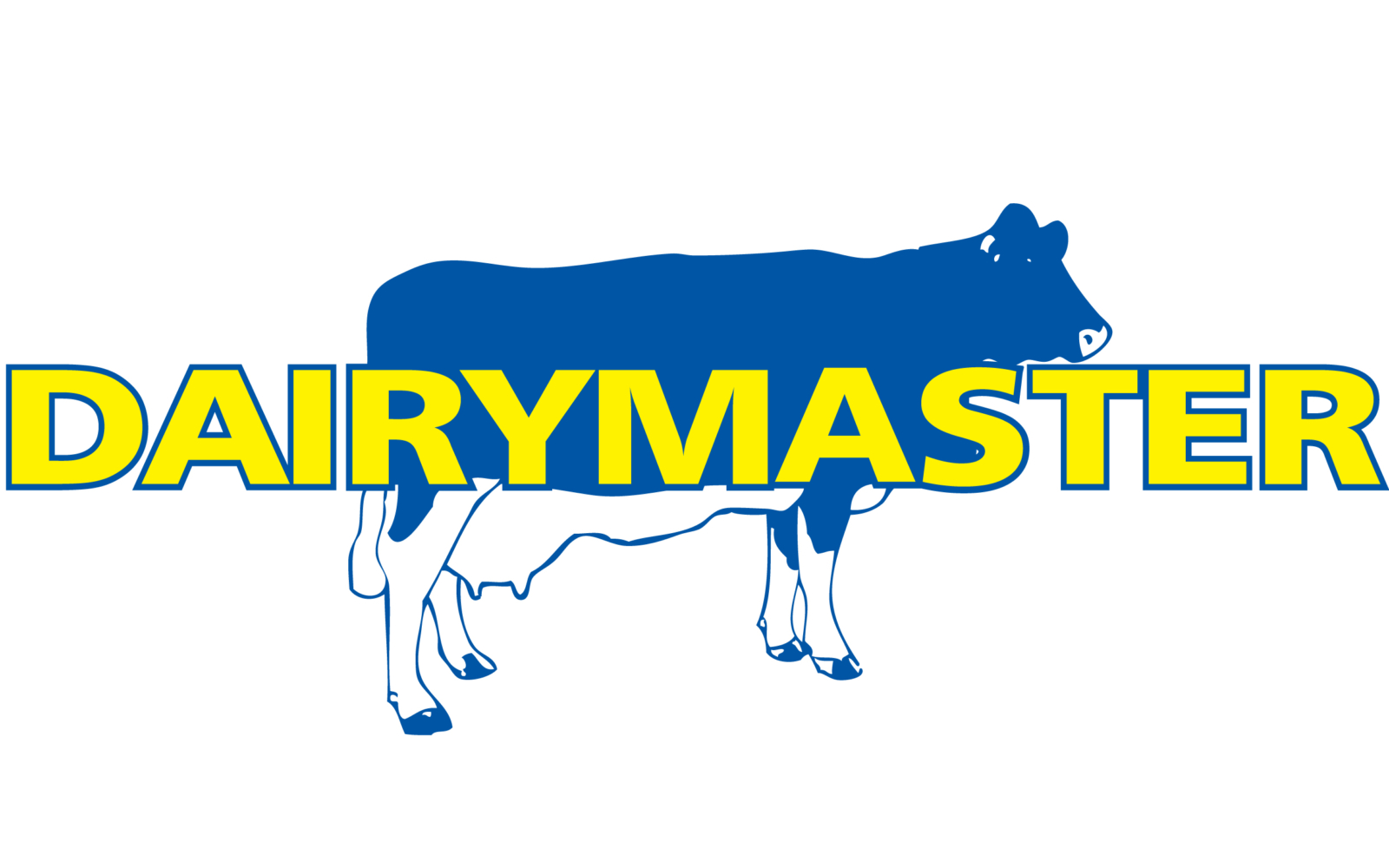Dairy tip of the month: Detecting mastitis with the California Mastitis Test (CMT)
Detect subclinical mastitis quick and easy this spring in cows and first lactation animals before including their milk in the bulk tank for the first time with the California Mastitis Test (CMT).
This way you can be confident that any problem cows are picked up early, Cellcheck is advising.
Just because there are no clots in the milk, doesn’t always mean there is no infection and while subclinical mastitis infections are very common there will be no visible signs – only a high somatic cell count (SCC).
That’s where the CMT comes in – it’s a quick and easy test that detects an infection by estimating the SCC of the milk.
Milk is mixed with a reagent which then causes the somatic cells to rupture and upon release of the DNA from the cells, it coagulates and forms a sort of slime.
Cellcheck has said that there are three steps to follow when doing the CMT:
CMT kits are available from most co-op retail stores and veterinary clinics and are very inexpensive.
Once you do the test the next question arises is what do the results mean? Here’s what Cellcheck says:
- Results are generally categorised as follows: negative, trace, one, two, three.
- This test is subjective i.e. what you score as one, your neighbour might score as a two.
- Remember-the important thing is that any positive reaction (one, two or three) indicates a high SCC in that quarter.
- To become accurate and consistent, practice on cows with a known high SCC.





